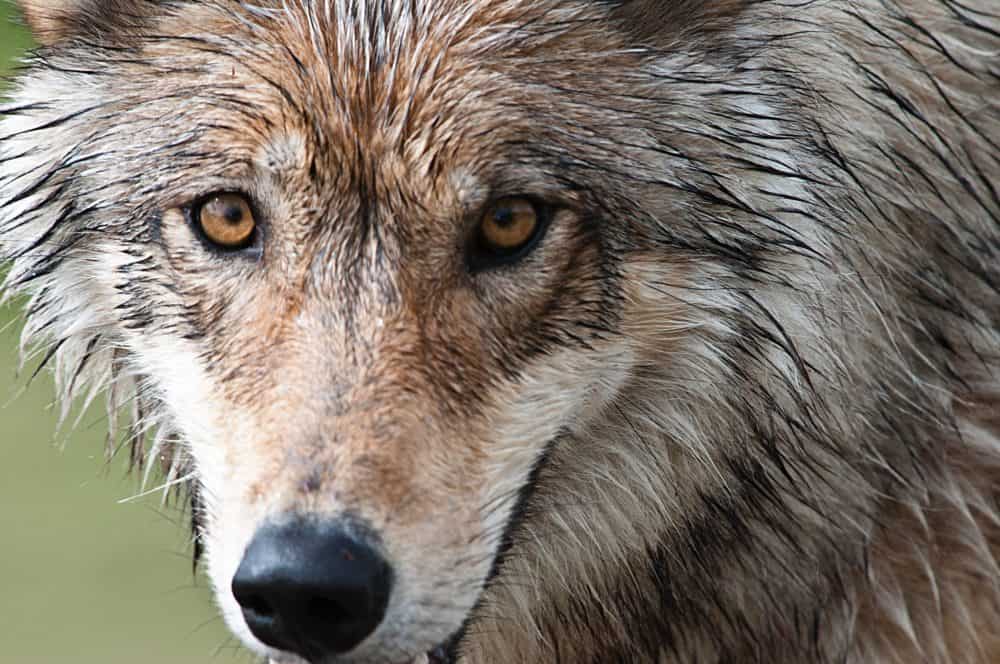I’m sure you’ve seen the videos of negligent National Park visitors approaching bison and elk in the hopes of snapping a close-up photo. Or perhaps you’ve read up on Yellowstone’s long history of bear feeding and its impact on the park’s animal behavior. Human interaction with animals has always been a point of contention with park officials and biologists, and for good reason. Wildlife that’s too comfortable around people often lose their ability to fend for themselves in the wild, instead relying on the generosity of their bipedal neighbors.
While conservation efforts are constantly improving to protect the native species of our National Parks, human interaction is unavoidable. The National Park Service has consistently seen a rise in annual visitors throughout history, peaking at 327,000,000 in 2019. While there’s never been any speculation as to if animals change their behavior when humans are around, how much so has always been a question.
A new study released recently in the People and Nature journal paints a surprising picture of just how impacted animals are by human activity.
Details of the study on animal behavior
In a two-year-long study conducted by the University of Washington, wildlife experts discovered that even the slightest presence of human activity in a National Park can greatly influence how an animal acts. Researchers were interested in finding the lowest threshold for when animals start changing behavior. To accomplish this, the team chose Glacier Bay National Park in the lower peninsula of Alaska. With only 40,000 annual visitors, it’s the least visited park in the system. This is mostly because it can only be reached by plane or boat (sorry, no RVs here).
Over the summers of 2017 and 2018, researchers installed motion-activated cameras in various locations throughout the park. These included areas both frequently visited and the remote backcountry. The team focused their study on four specific species: gray wolves, brown bears, black bears, and moose. They aimed to draw correlations between the volume of human activity and the number of wildlife sightings.
Overall, it was found that the greater the number of people in an area, the fewer animals observed. While this may be an unsurprising statistic, the extreme sensitivity of the wildlife was what really interested researchers. In fact, certain species are observed less frequently with the presence of just one person around.
Wolves had the most significant intolerance to human activity, completely leaving the region if 20 or more people were in the area. In areas of the park with less than 20 people, the wolves shifted their activities to be more nocturnal to avoid interaction altogether. Human activity affected bears the least, and moose seemed to be more active in areas with higher human traffic. Researchers believed that the moose were using the presence of people as a defense mechanism against predators.
Implications for recreation areas
The study’s findings highlight some considerations that National Parks will need to make as they accommodate more visitors. Many parks have planned to expand trail access, pushing the park’s accessible areas into the backcountry further. Park staff will need to think about what impact that will have on wildlife populations.
The authors of the paper note that it’s important for parks to find a balance between interfering with animal behavior and facilitating human recreation. At the end of the day, the main intention of National Parks is preservation. Parks need to find ways to promote visitation while not severely altering natural wildlife behavior.
In the end, one question needs to be answered: At what point does visitor access in National Parks need to be limited for the wildlife’s sake?
##RVT1075b
